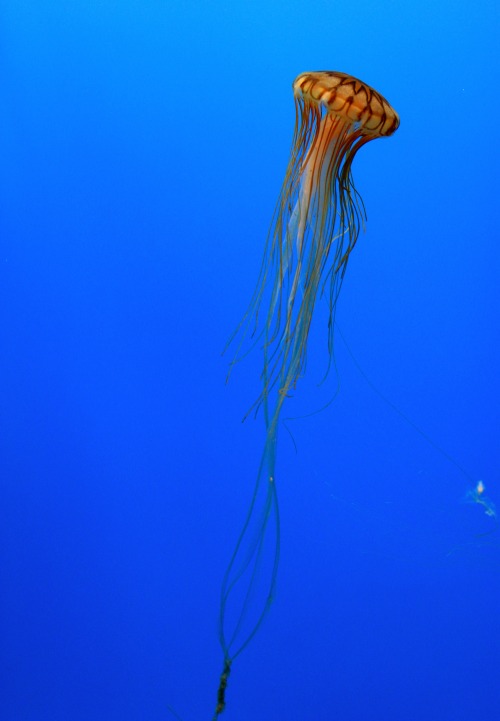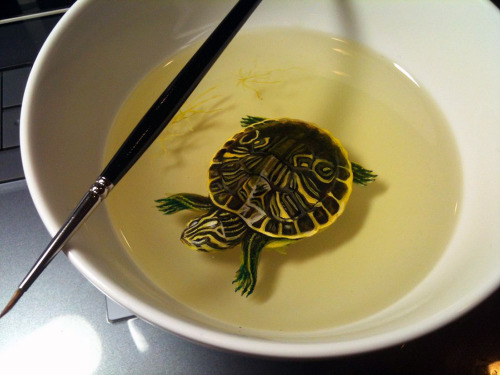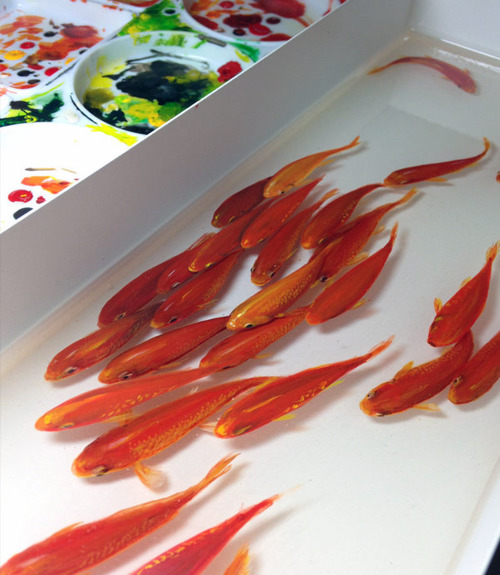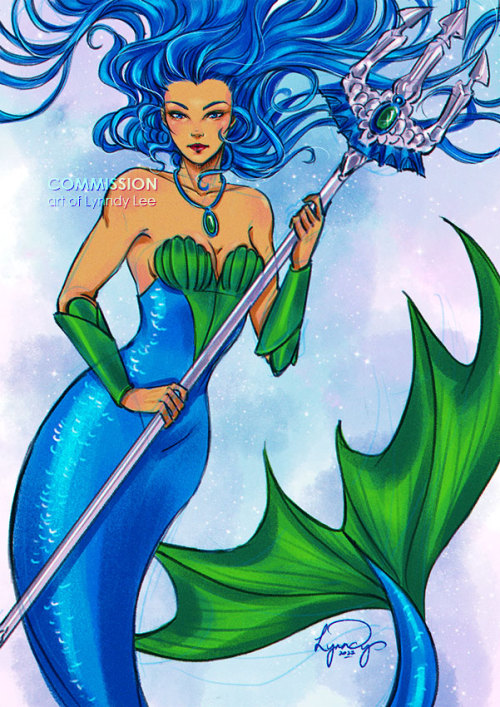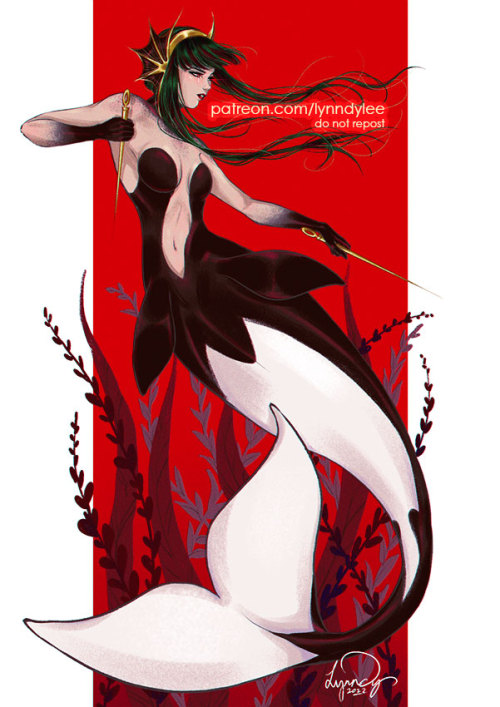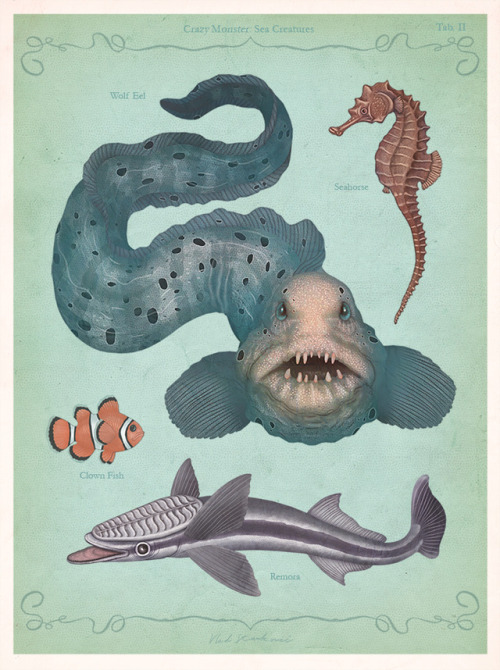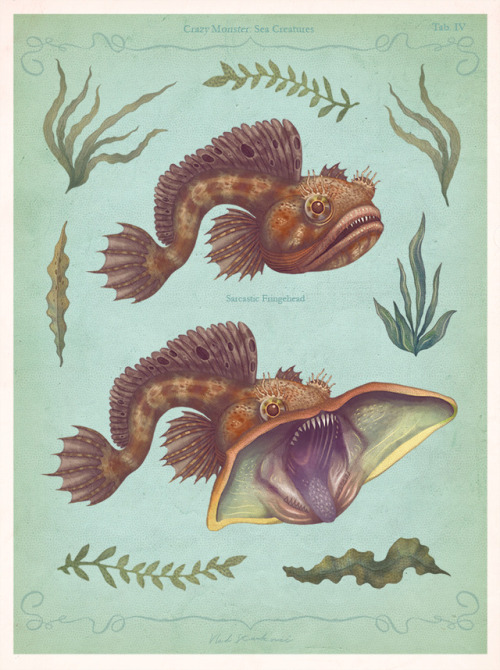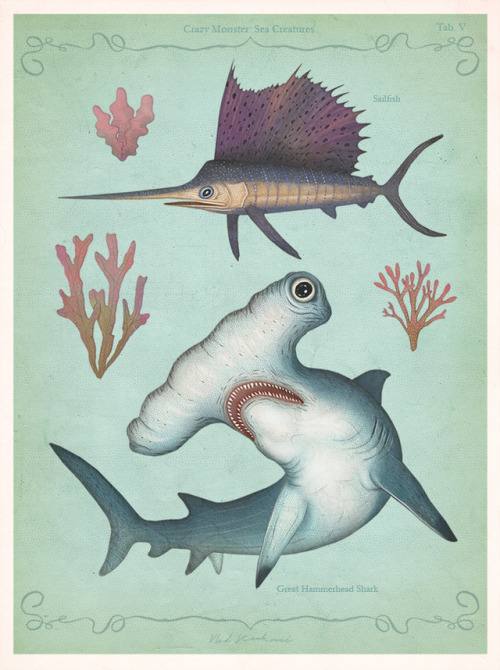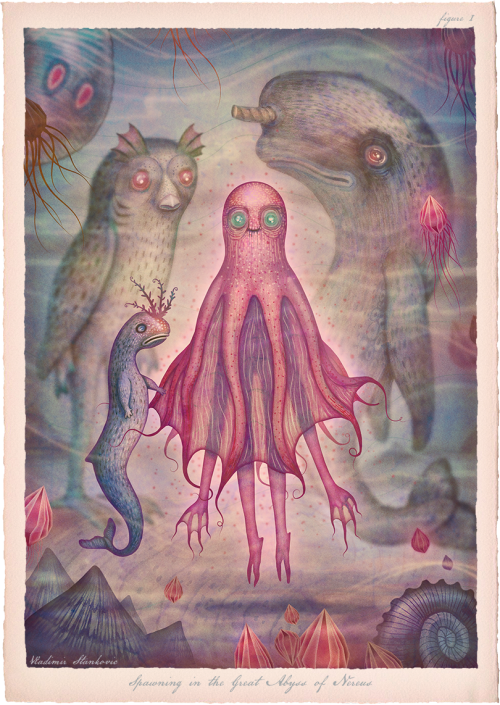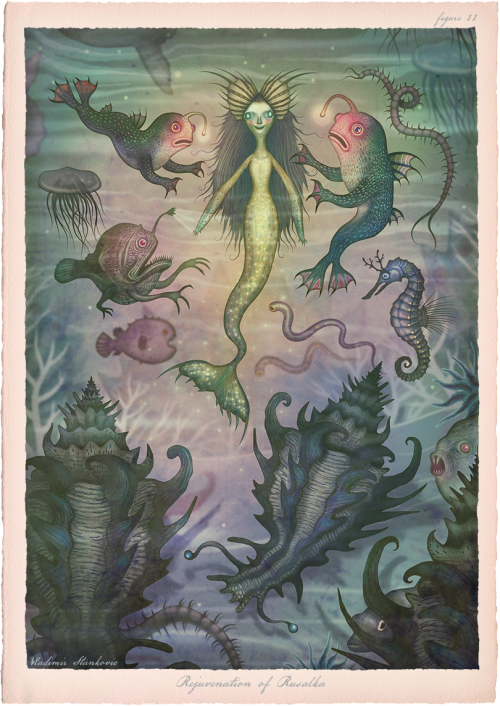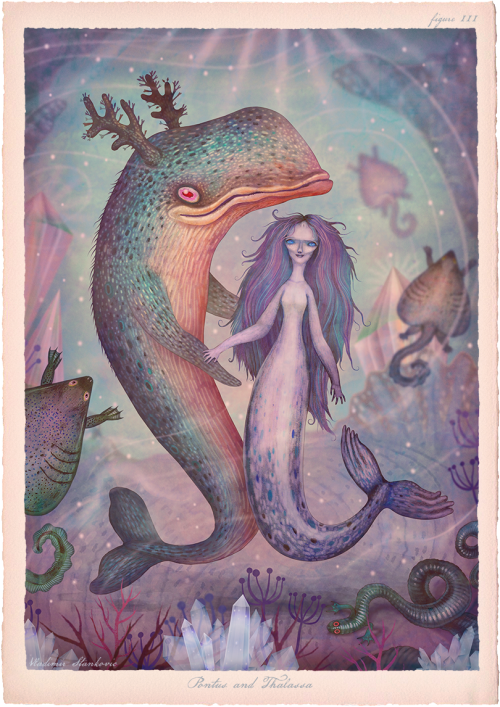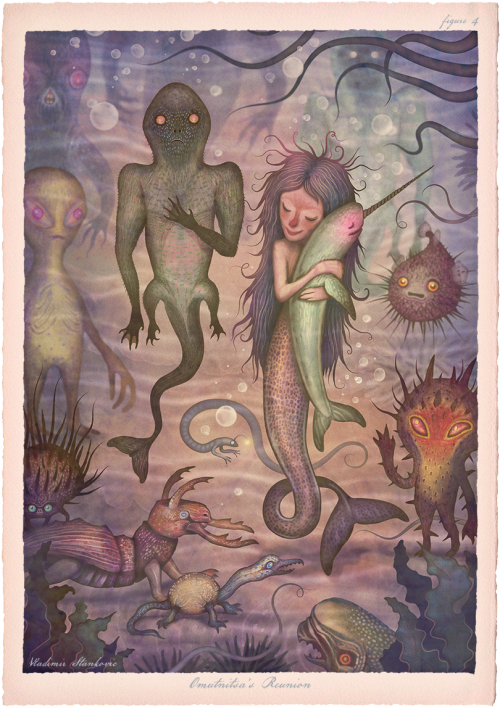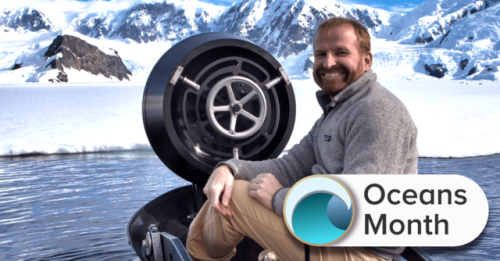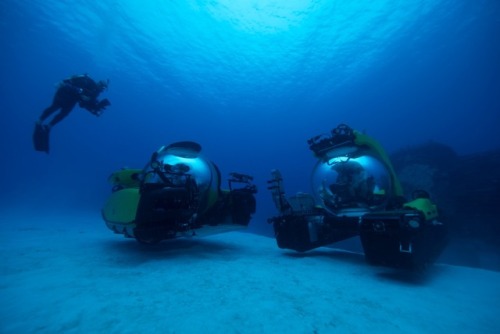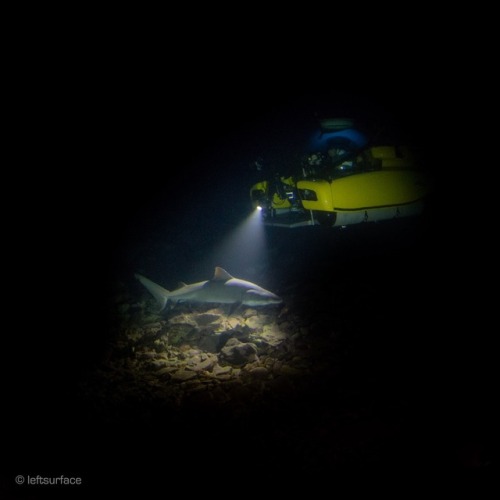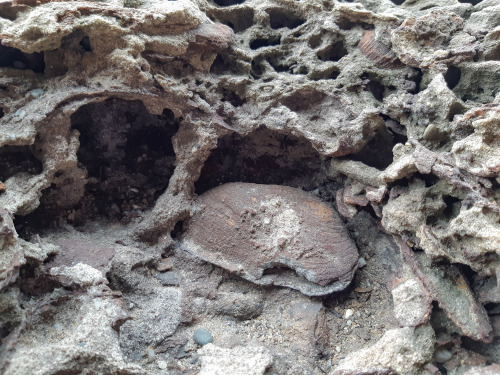#sea creatures

Out of the Blue: How Animals Evolved from Prehistoric Seas final spread
By Elizabeth Shreeve and illustrated by Frann Preston-Gannon


Mandarin orange flapjack octopus (Instagram @qelffy)
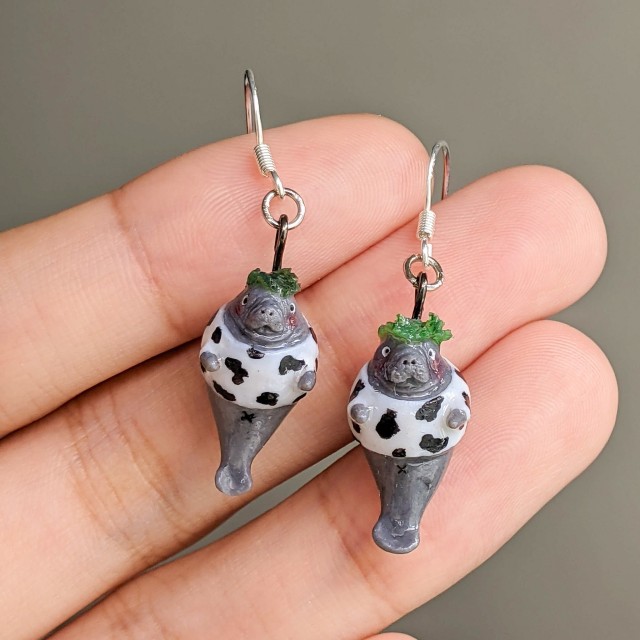
A pair of manatees wearing crop tops! (IG @Qelfffy)
exvl:
brittanibossKeng Lye -Alive without Breath (2013) - Hyperrealistic sea animals created using acrylics and epoxy resin, layer by layer
what
I will reblog this artist’s works every time it comes on my dash omfg
No fucking way
i thought it was going to be about people eating life aquatics for a delicacy
Post link
Commissioned by @ryanmoody to draw Mermista. Coincidentally, happy International Mermaid Day!
Post link
This month’s Patreon poll was to draw the winner as a mermaid. My patrons picked Yor Forger and requested her to have a killer whale’s tail ♥
Post link
Drew a couple of sirens for May’s patreon print. Happy to be drawing these lovely sea creatures for Mermay again. If you like to receive this print, join my $10 tier by end of the month.
Post link

Georgia Aquarium, Baker Street Northwest, Atlanta, GA, USA
- Image via Unsplash.
- Edited by H Designs.
- Image Captured by Ben Bracken.
- Original Image Here.
Happy to share the final project of the Crazy Monster series done for the Earth Touch/Smithsonian Channel. The SEA CREATURES episode features ‘some of the weirdest, fastest, wildest, and mightiest creatures in the watery underworld.’
Post link
Illustrations from the ‘Tales of the Sea’ project:
https://www.behance.net/gallery/44511465/Tales-of-the-Sea
:)
Post link
In 1995, a loggerhead turtle named Fisher washed ashore in North Carolina. He was too weak to swim back out to sea solo, so researchers and various institutions cared for him. A decade later, Fisher had grown to a hearty 150 pounds. It was time for him to go.
Researchers generally believe that baby loggerhead turtles born in the western Atlantic hitch a ride via the Gulf Stream to the eastern part of the sea, and hang out there for 10 to 15 years before making their way back to their hometown. It remains a mystery exactly why the turtles return, but Lucy Hawkes, an animal migration researcher and senior lecturer in ecology at University of Exeter, guesses that it’s an evolutionary tendency—the turtles sense that if they themselves were born in a certain place, it must be a safe place for them to have their own babies.
When Fisher was released, Hawkes expected him to follow that path and allow the Gulf Stream to carry him across the sea. Instead, he bee-lined straight across the ocean towards the eastern Atlantic (as indicated by the purple line on the map above).
“It was like he was playing catch-up in a race,” Hawkes says. “Think of it as a running race around the side of the field. When the race started, Fisher was too busy doing his shoes up or something, and then halfway through the race he thought, ‘Oh god, I better catch up with everybody else!’ and then ran straight across the field rather than around the side of it like everyone else did.”
She had never seen this kind of path before. But Fisher’s case isn’t the only mystery of turtle migration. Hawkes is doing constant sleuthing for migration mysteries: “It’s like being a real-life detective of animals.” Read more about the stories locked within maps here.
All map images reprinted from Where the Animals Go: Tracking Wildlife with Technology in 50 Maps and Graphics by James Cheshire and Oliver Uberti
Post link
Meet the sub pilot who helps film Blue Planet.
You’ve likely seen some amazing underwater documentary footage from places like BBC’s Blue Planet and Discovery Channel. But have you ever wondered about the submarine pilots who make that footage possible in the first place?
Meet Mark “Buck” Taylor, the sub team leader for the research and exploration vessel Alucia. Buck is responsible for carrying out all the submersible operations aboard the ship. The Aluciafacilitates missions for both scientific research and serves as a home base for documentary productions like Blue Planet.
Buck started his career far away from cameras as an explosive ordnance device diver for the British Navy. After that, he was a submarine rescue pilot and transitioned to documentary and scientific research.
We sat down with him to talk about what it’s like doing science at the bottom of the sea, capturing the first footage of a living giant squid, and how the ocean still amazes him. Read the interview here.
Photos courtesy Buck Taylor
Post link

Hi everyone I painted an axolotl
Broken shells
As you would find some broken-up shells on the beach today, these are just a few pieces of ancient sea shells from about 300 to 250 million years ago, preserved in the rocks which used to be a sea bottom sediment.
Ulladulla, Australia
Post link
Do not be fooled by this incredibly well preserved shell, it is not a recent shell, but a 250 million year old fossil.
Many different mollusc fossils are very well preserved at this outcrop which consists of layer upon layer of sediment which slowly accumulated on the sea floor during Permian times. Organisms such as this one, would have thrived here, feeding on the organic matter settling down to the bottom of the sea.
Southcoast NSW, Australia
Post link


